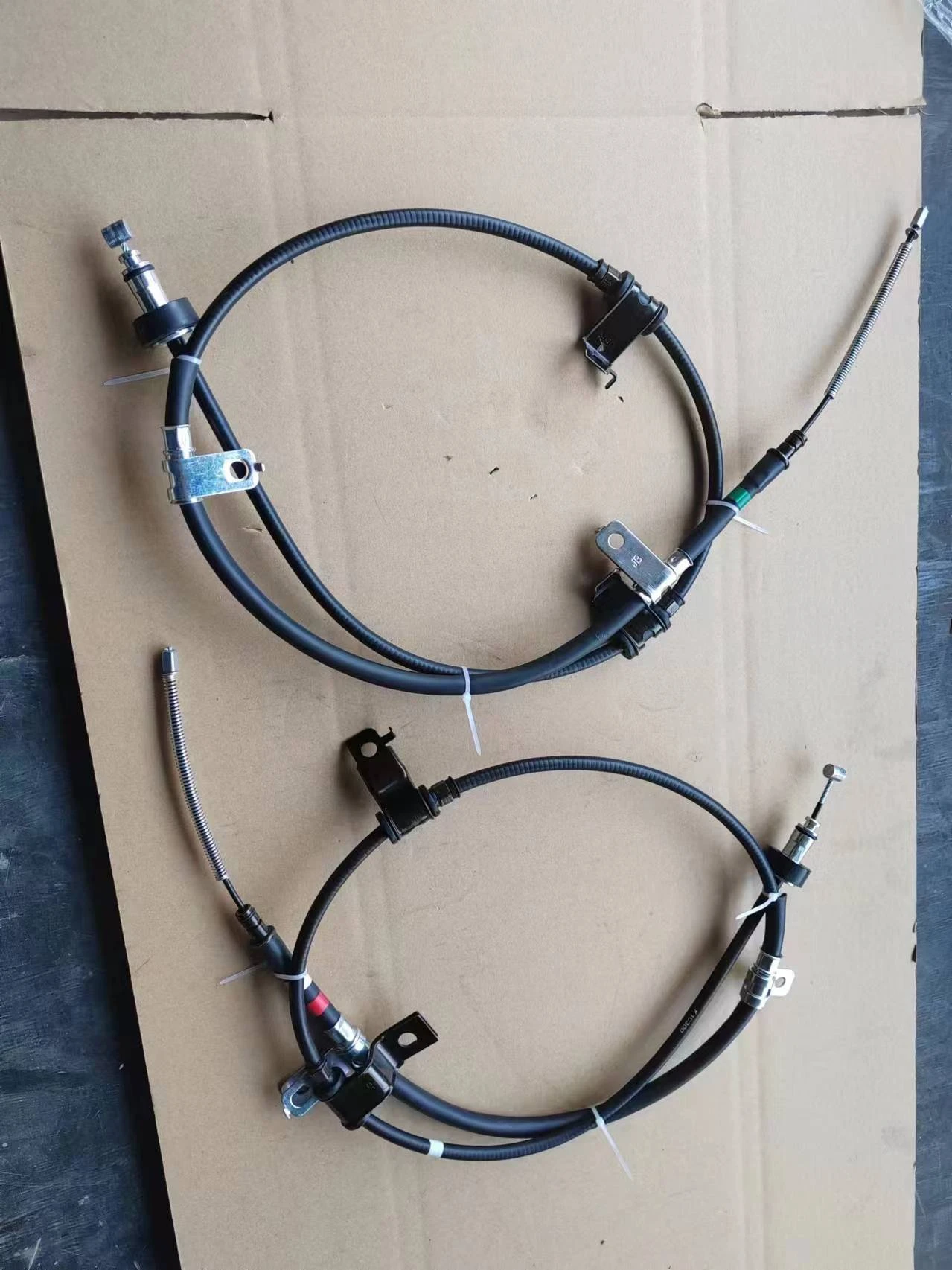handbrake cables
Understanding Handbrake Cables Importance, Function, and Maintenance
Handbrake cables are an often-overlooked component of a vehicle’s braking system, yet they play a crucial role in ensuring the safety and functionality of the handbrake, or emergency brake, system. Understanding the importance, functionality, and maintenance of these cables can help vehicle owners appreciate their vehicles better and promote safer driving practices.
Importance of Handbrake Cables
Handbrake cables, also known as parking brake cables, are responsible for transferring the force exerted on the handbrake lever to the brake system of the vehicle. When engaged, the handbrake applies the rear brakes, preventing the vehicle from rolling when parked. This is particularly important on inclines or declines, where even a slight slope can cause a car to roll away. Thus, reliable handbrake cables are essential for vehicle safety, especially in situations where the primary braking system may fail or when loading and unloading heavy items.
Moreover, well-maintained handbrake cables can improve overall driving safety by ensuring that the handbrake operates smoothly and efficiently. A failure in this system can lead to serious safety hazards, including accidents caused by unintended vehicle movement when parked.
Functionality of Handbrake Cables
The handbrake cables typically consist of a steel cable housed within a protective casing. The cable connects the handbrake lever to the brake mechanisms at the rear wheels. When the driver pulls the handbrake lever, the cable tightens, creating tension that engages the brake pads against the brake rotors or drums. This clamping action effectively holds the vehicle in place.
In most modern vehicles, the handbrake system operates either on the rear disc brakes or drum brakes. In disc brake systems, the handbrake cables pull on a mechanism that forces the brake pads against the rotor. In drum systems, the cables push a lever that expands the brake shoes against the drum. Regardless of the type, the cables must maintain proper tension and alignment to function effectively.
Maintenance of Handbrake Cables
handbrake cables

Regular maintenance of handbrake cables is essential for ensuring their longevity and effectiveness. Over time, these cables can wear out due to exposure to the elements, corrosion, and mechanical stress. Here are several maintenance tips to keep handbrake cables in good condition
1. Regular Inspections Vehicle owners should routinely inspect their handbrake cables for any signs of fraying, rust, or corrosion. If any damage is noticed, the cables should be replaced immediately to prevent brake failure.
2. Keep Cables Clean Dirt and debris can accumulate on the cables, leading to increased friction and potential damage. Cleaning the cables and the surrounding areas can help prolong their lifespan.
3. Lubrication Some handbrake cable systems may benefit from occasional lubrication. However, it's crucial to use the appropriate lubricant and avoid over-lubricating, which can attract dirt.
4. Adjusting Cable Tension If the handbrake feels too loose or requires extra pulling to engage, it may be necessary to adjust the cable tension. This adjustment ensures optimal functionality and safety.
5. Professional Inspections Regular visits to a qualified mechanic for comprehensive brake system inspections can help catch potential issues before they become serious problems.
Conclusion
Handbrake cables may be a small component of a vehicle, but their role in vehicle safety should not be underestimated. By understanding their function, observing maintenance best practices, and being vigilant about their condition, drivers can ensure their handbrake system operates effectively. This not only enhances the safety of the vehicle but also instills greater confidence in the driver’s ability to park securely, knowing that the handbrake will perform as expected. In a world where road safety is paramount, paying attention to every detail—from handbrake cables to tires—can make all the difference.
-
Workings of Clutch Pipe and Hose SystemsNewsJun.04,2025
-
The Inner Workings of Hand Brake Cable SystemsNewsJun.04,2025
-
The Secrets of Throttle and Accelerator CablesNewsJun.04,2025
-
The Hidden Lifeline of Your Transmission Gear Shift CablesNewsJun.04,2025
-
Demystifying Gear Cables and Shift LinkagesNewsJun.04,2025
-
Decoding Clutch Line Systems A Comprehensive GuideNewsJun.04,2025
